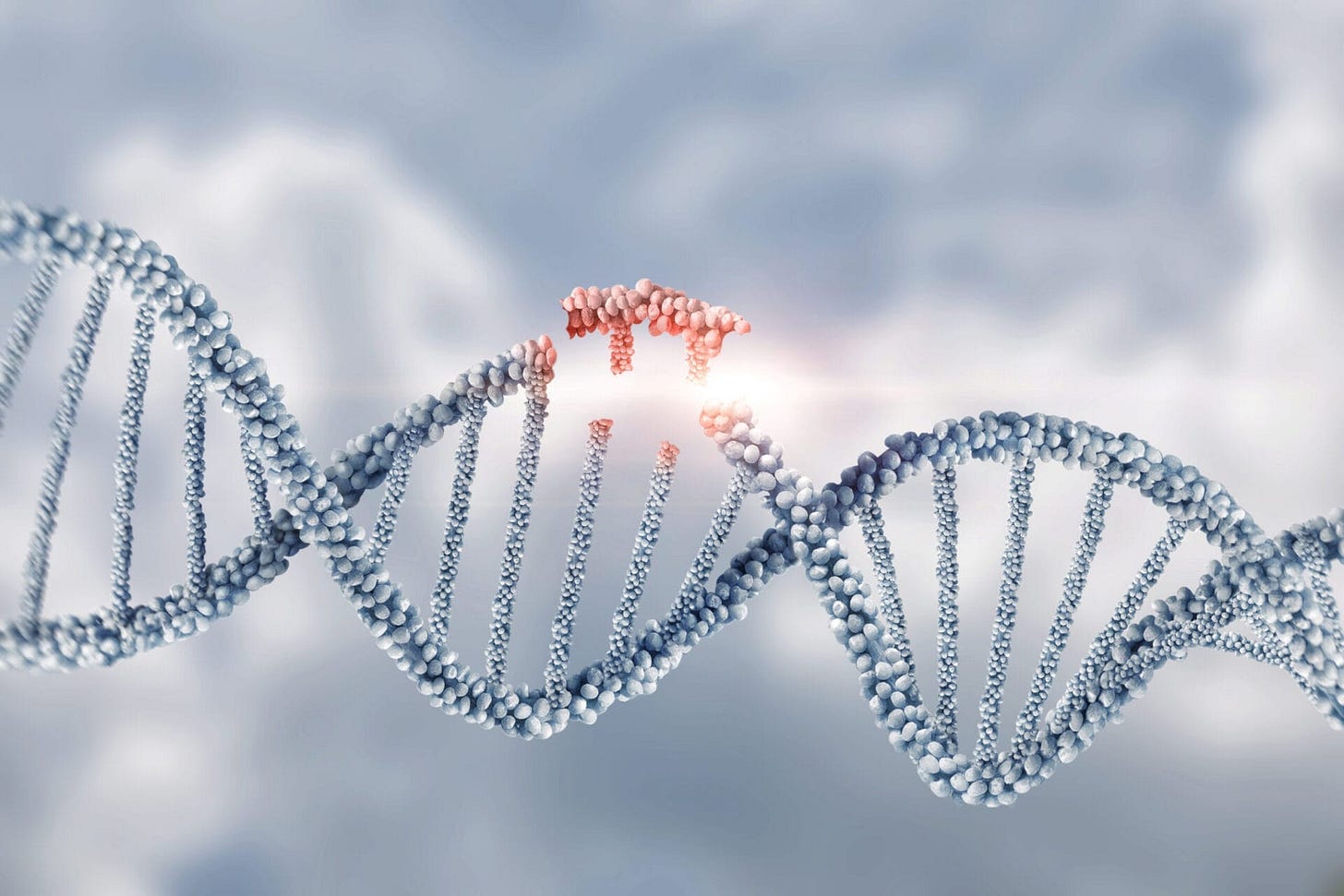A step closer to proving DNA integration occurs in humans after mRNA covid vaccination
Since genomics expert Kevin McKernan discovered excess levels of plasmid DNA in Pfizer's COVID-19 mRNA vaccine, a significant concern has emerged regarding the potential for the fragments to increase cancer risk among recipients.
The primary worry is that these plasmid DNA fragments could randomly insert into the human genome, causing gene mutations through a process known as insertional mutagenesis.


